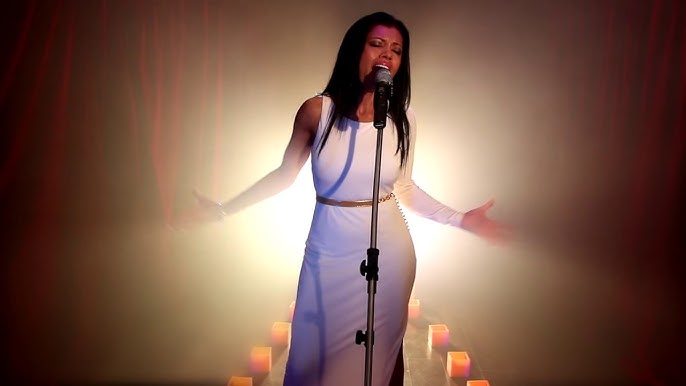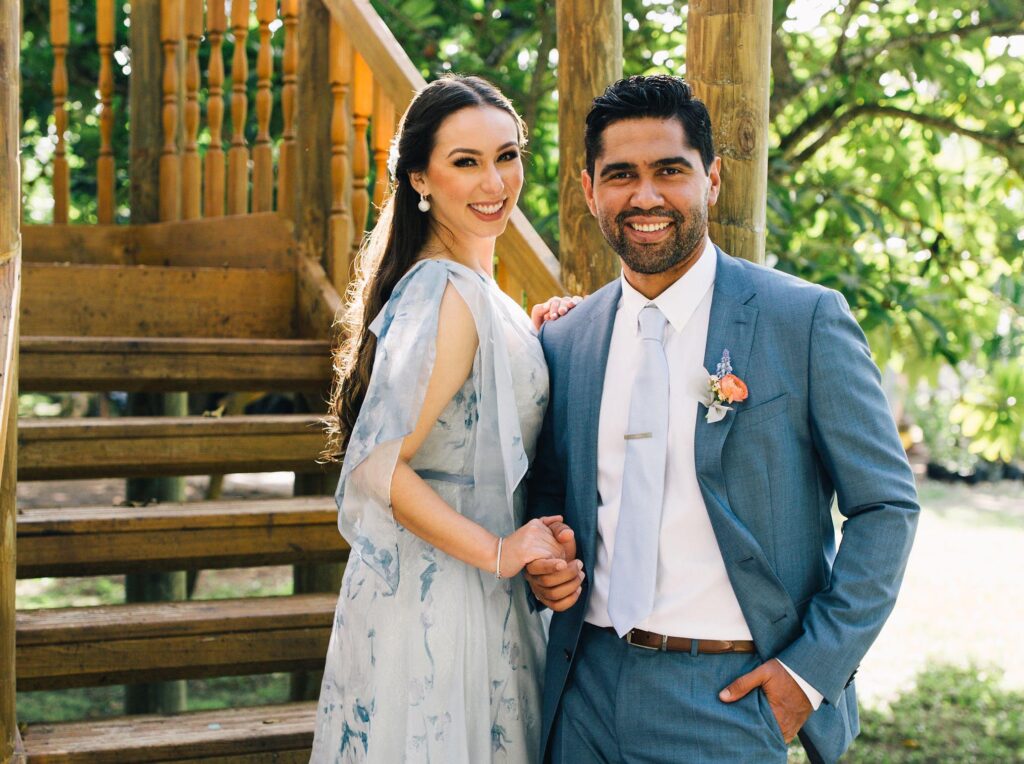In the ever-evolving world of Latin American music, few groups have captivated audiences with the emotional depth and cultural fusion that Caibo delivered. Formed by Simón “Toto” Ruiz and Beethzart Acosta, the Venezuelan duo carved a path that fused regional identity with modern pop influences. But as with many great musical partnerships, evolution is inevitable. Over the last few years, both members have ventured into new directions—separately. Alongside this journey stands Anais Vivas, a talented Venezuelan soprano and pop vocalist whose collaborations have sparked curiosity among fans.
This is a story not of division, but of transformation—of how artists grow, pursue different visions, and reimagine their creative futures.
🌟 The Essence of Caibo: Music with Roots and Wings
When Caibo burst onto the scene, they weren’t just making music—they were creating emotional narratives set to melody. Drawing inspiration from traditional Venezuelan genres like gaita and joropo while blending in pop, ballads, and urban rhythms, Caibo gave their homeland a modern sound without losing its soul.
Songs like “Te Llevo en Mi Corazón”, “La Casa”, and “Bésame Otra Vez” showcased their ability to craft heartfelt, deeply personal songs that also resonated universally.
Their chemistry was not just professional—it was poetic. But creative synergy, like any relationship, can shift with time.
🧭 A Fork in the Road: What Caused the Split?

There wasn’t a scandal. No dramatic press conference. Just a natural, graceful shift. Over time, Simón and Beethzart started to grow artistically in different directions:
- Simón “Toto” Ruiz began exploring themes of personal transformation, spirituality, and identity in his solo music. His lyrics became more introspective, his sound more eclectic.
- Beethzart Acosta maintained a more classic Latin pop vibe, doubling down on emotion-driven songwriting and genre blending, with touches of urban flair.
This divergence wasn’t about ego—it was about evolution. The very thing that made Caibo successful—their deep connection to personal expression—was leading each artist toward different creative paths.
🎶 The Anais Vivas Factor: Collaboration or Catalyst?
In the wake of Caibo’s separation, one name keeps surfacing: Anais Vivas. Known for her classical training and crossover pop talent, Anais’s voice has added power and poetry to multiple collaborations.
Her musical synergy with Simón “Toto” Ruiz has sparked speculation. Were these collaborations a catalyst for the separation? Or were they simply a result of Simón’s natural artistic progression?
There is no evidence of rivalry or tension. Instead, Anais’s involvement should be seen as a symbol of the musical expansion happening in Venezuelan pop today—where genres are blurred, partnerships are fluid, and collaboration is the new normal.
💡 Why This “Separation” Matters: Artistic Independence
Too often in music, we equate the end of a group with loss. But what if it’s actually about rebirth?
Simón and Beethzart didn’t stop being musicians. They became independent voices—each with a new mission:
- Simón’s music is now more philosophical and boundary-breaking. He’s less about making hits and more about sharing insights and healing through sound.
- Beethzart continues to serenade audiences with romanticism, cultural pride, and the kind of songwriting that lands on both radio playlists and wedding soundtracks.
They’re not lesser apart. They’re just different. And through this difference, fans receive a richer, more diverse listening experience.
🧠 Reflections on Fame, Growth, and the Latin Music Industry

This story echoes a larger truth in Latin American music: the best artists don’t stand still. From Calle 13’s René going solo to Camila’s shifting lineups, the most enduring musicians are the ones willing to risk reinvention.
Caibo, Simón, and Beethzart are part of that movement. Their willingness to evolve, collaborate, and experiment ensures that they remain creatively alive—even if that means no longer sharing the same stage.
And Anais Vivas? She represents the future—a bridge between classical technique and pop accessibility, between tradition and innovation.
🔮 What’s Next?
The future remains open. Could Caibo reunite someday? Perhaps. Could we see a trio collaboration between Simón, Beethzart, and Anais? Anything is possible. For now, we watch as each artist crafts their next chapter—with talent, grace, and authenticity.
FAQ’s
1. Why did Caibo split up?
Caibo’s separation was a result of creative evolution rather than conflict. Both Simón “Toto” Ruiz and Beethzart Acosta chose to pursue individual musical paths that better reflected their personal growth and artistic visions.
2. Are Simón “Toto” Ruiz and Beethzart Acosta still friends?
While they no longer perform as a duo, there has been no public indication of personal conflict. Both artists have shown mutual respect for each other’s careers and often speak positively about their time together in Caibo.
3. Is Anais Vivas responsible for the Caibo separation?
No, Anais Vivas is not the cause of Caibo’s separation. Her collaboration with Simón “Toto” Ruiz came after the duo had already begun pursuing individual projects. She represents a new musical chapter, not a reason for division.
4. What type of music does Simón “Toto” Ruiz make now?
Simón now focuses on introspective, spiritually-influenced music that blends Latin pop with global rhythms. His solo work reflects deeper lyrical themes and a more experimental sound than his Caibo days.
5. What has Beethzart Acosta been doing after Caibo?
Beethzart continues to build a solo career rooted in Latin romantic pop. He remains committed to heartfelt songwriting and has maintained a strong fanbase with emotionally resonant singles and performances.
6. Will Caibo ever reunite?
While there’s no official confirmation, both artists have left the door open for a possible reunion. Fans remain hopeful, and in the music industry, reunions often happen when the timing and inspiration align.
7. What makes Anais Vivas unique in Venezuelan music?
Anais Vivas blends classical vocal training with pop sensibility, creating a unique sound that appeals to diverse audiences. Her collaborations showcase her ability to bridge traditional and modern musical styles.
8. Where can I listen to Caibo, Simón Ruiz, and Beethzart’s solo music?
Their music is available on all major streaming platforms such as Spotify, Apple Music, and YouTube. You can follow their official social media profiles for updates on new releases and live performances.
🎤 Final Thoughts
The journey from Caibo to solo artistry is not a sad story. It’s a celebration of creativity’s many forms. Simón “Toto” Ruiz, Beethzart Acosta, and Anais Vivas are not just artists—they’re architects of musical identity, each building a future that reflects their deepest values and boldest visions. So listen carefully. The sound you hear isn’t separation—it’s expansion.



